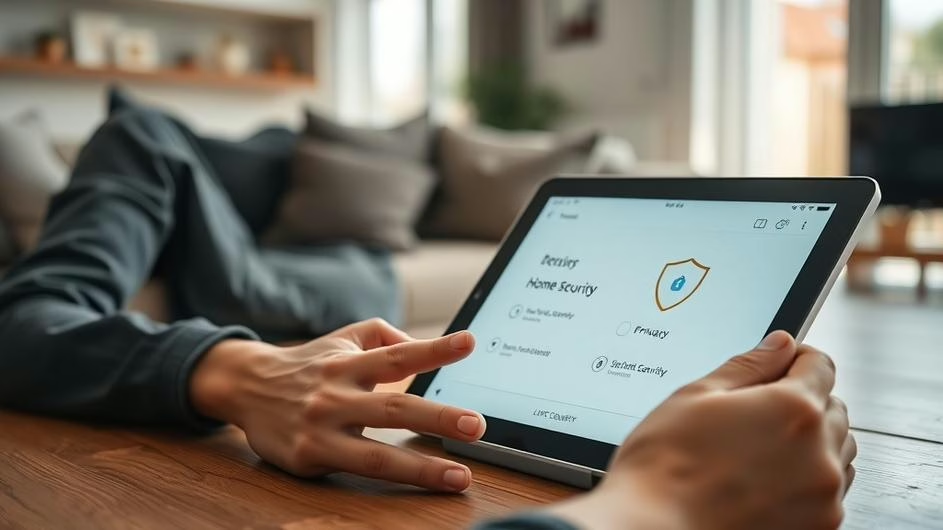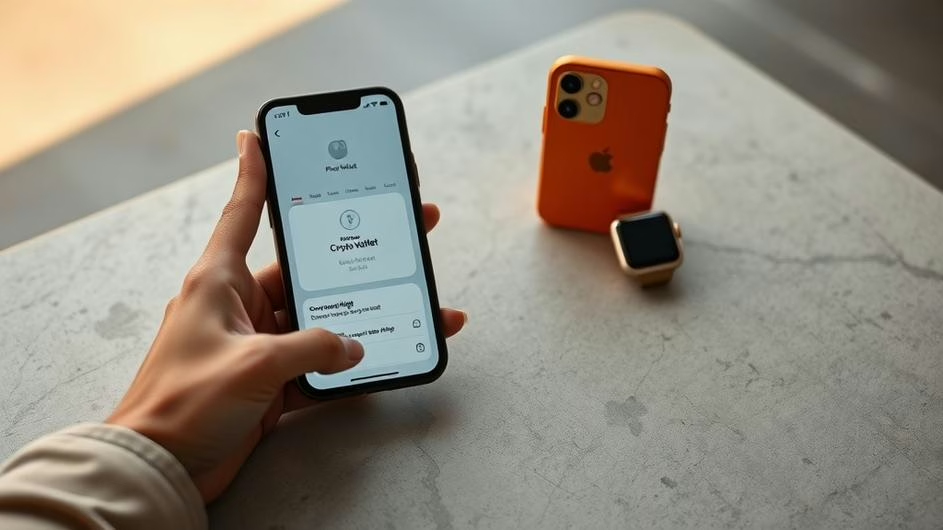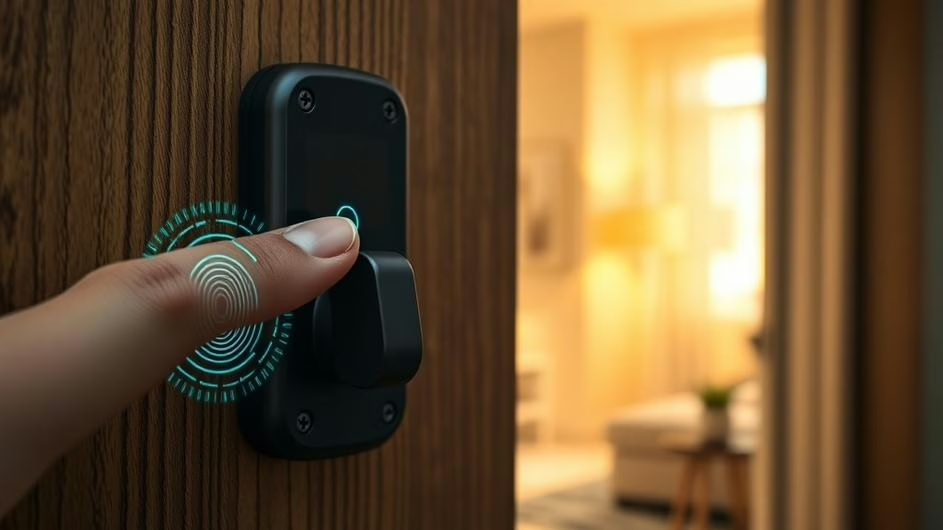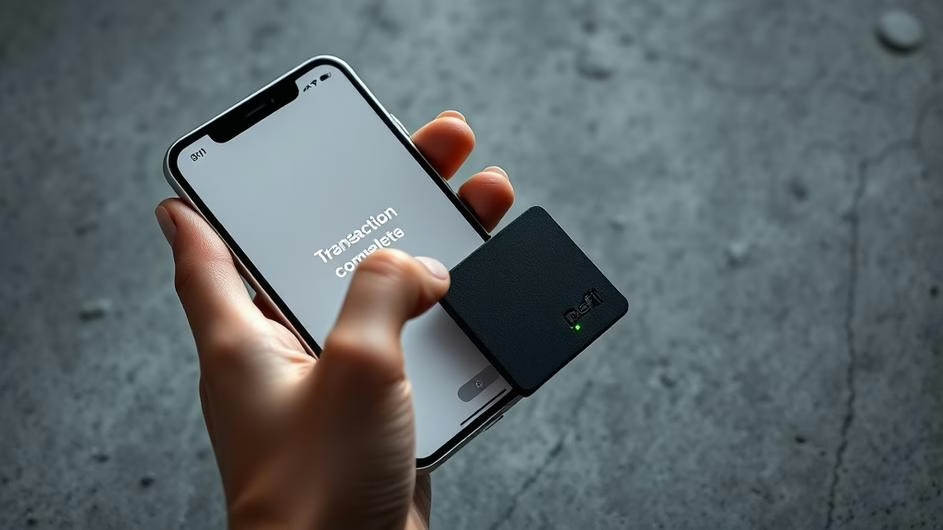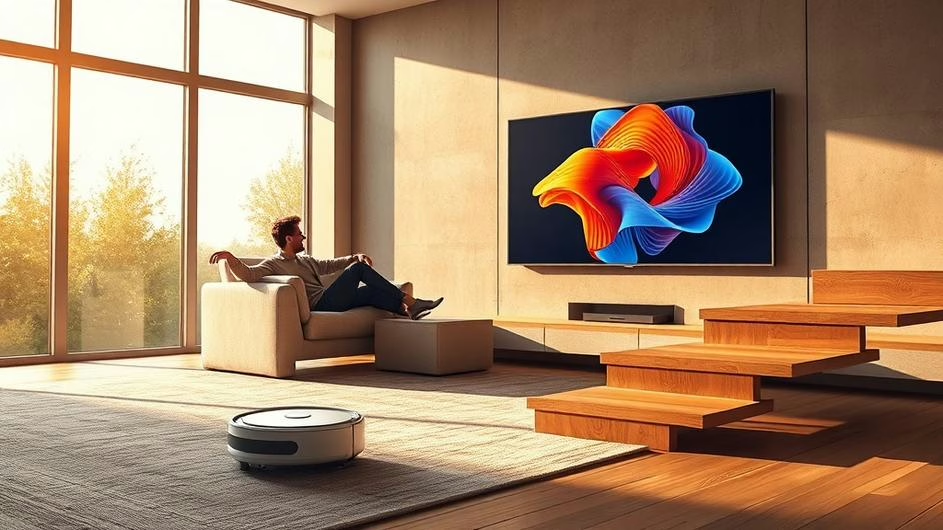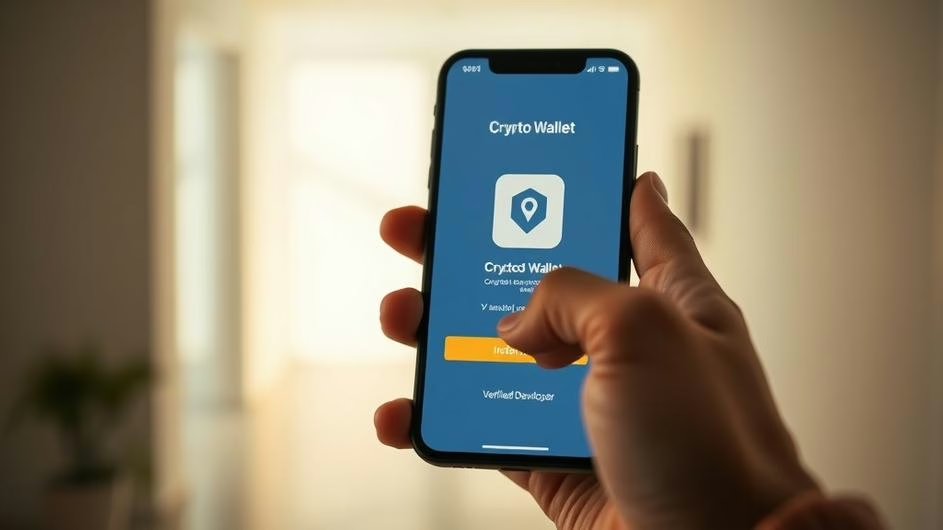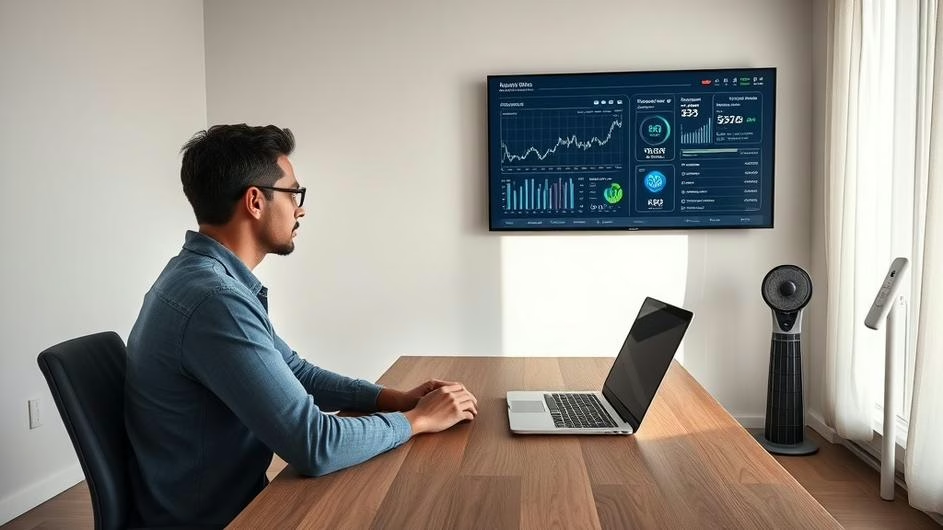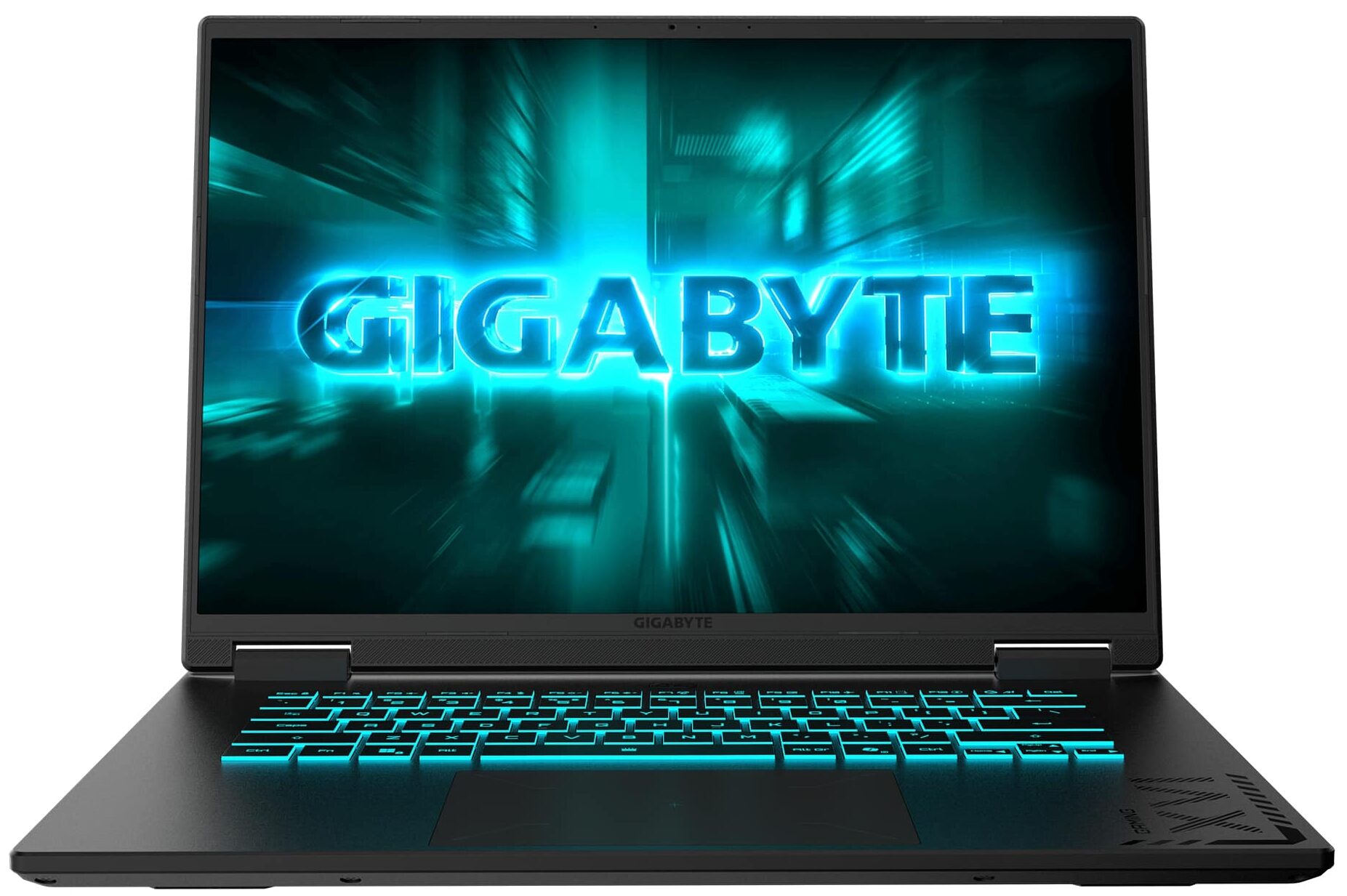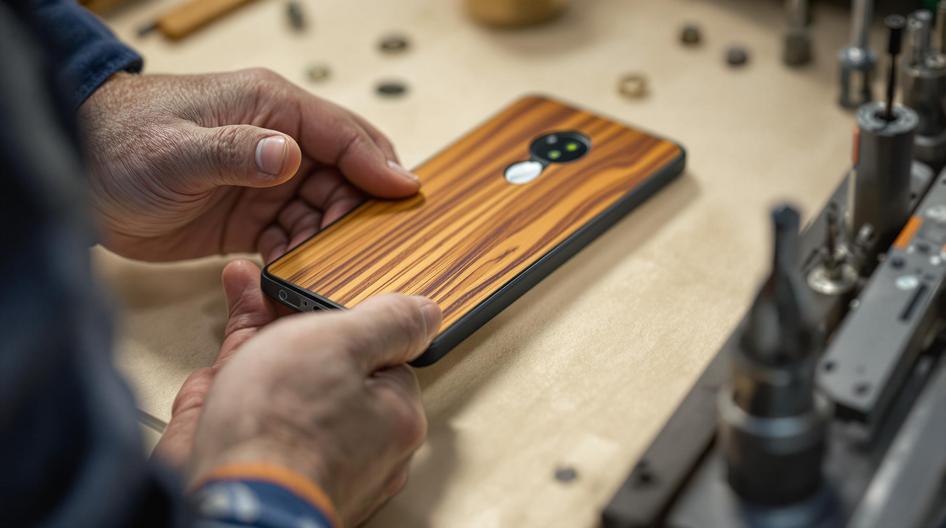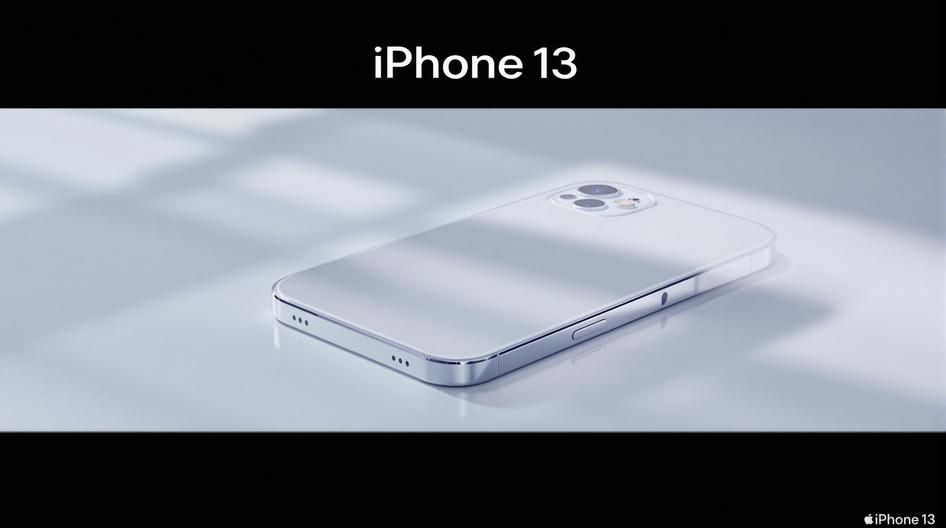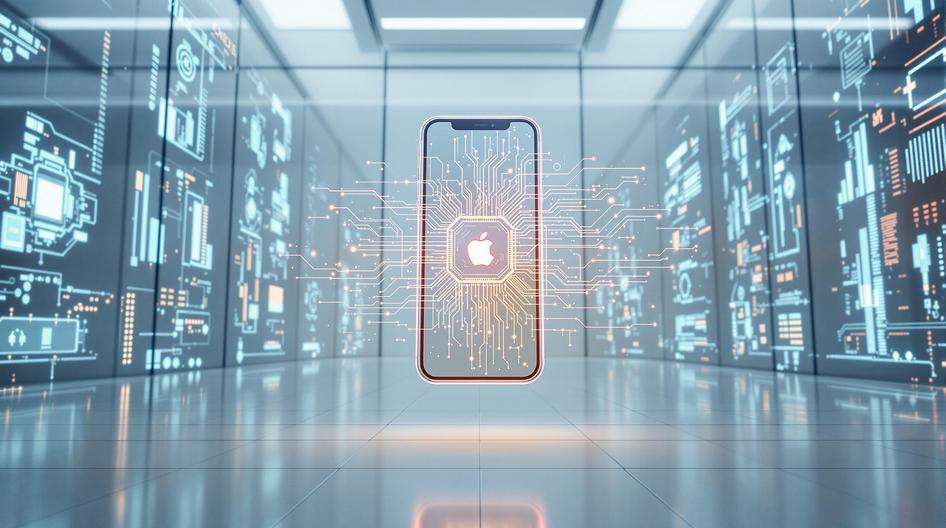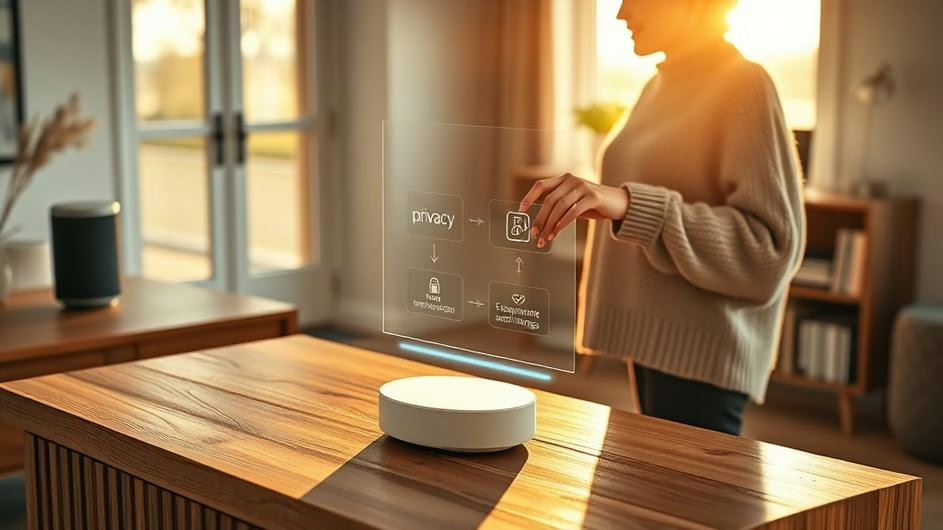
Smart Home Hubs, AI Doorbells, and the Connected Future of Tech
The smart home revolution isn’t slowing down. If anything, it’s picking up steam in ways that would make even the most tech-savvy early adopters take notice. We’re seeing gadgets that don’t just respond to commands but actually think ahead, anticipate needs, and frankly, make our lives a whole lot easier. But here’s what’s really interesting: smart home technology is starting to overlap with some pretty exciting developments in crypto and Web3 infrastructure.
Apple’s Big Bet on Home Automation
Apple’s jumping back into the smart home game, and this time they mean business. Bloomberg’s Mark Gurman reports that Apple’s much-anticipated smart home hub is finally set to launch in spring 2026. At $350, this isn’t exactly budget territory, but considering what you’re getting, it might just be worth it.
We’re talking about a seven-inch display powered by next-gen Siri that’ll centralize control for every smart device in your home. Think of it as mission control for your living space. But what caught my attention isn’t just the tech specs. Apple’s shifting assembly to Vietnam while keeping ties with Chinese manufacturer BYD. Sound familiar? It should, especially if you’ve been following blockchain and crypto trends where supply chain decentralization has become a major talking point.
This isn’t just about manufacturing logistics. When devices become more autonomous and secure, we’re looking at a future where smart contract logic could manage entire home environments. Pretty wild to think about, right?
Security Gets Smarter (And More Affordable)
Speaking of wild developments, let’s talk security. The Blink Video Doorbell’s 50% discount isn’t just a great deal, it’s a sign of how mainstream these devices have become. Two-year battery life? AI-powered quick replies? That’s the kind of convenience that makes you wonder how we ever lived without these gadgets.
But here’s where things get really interesting. Today’s smart security devices from Ring, Arlo, and Blink aren’t just recording footage. They’re learning patterns, minimizing false alarms with motion sensitivity zones, and even mimicking occupancy when you’re away. If that doesn’t sound like programmable logic responding to specific triggers, I don’t know what does.
The latest software updates are pushing this even further. AI-powered greetings and quick replies let you customize responses based on seasons, events, or just your mood. Google’s Gemini for Home is taking this concept and running with it, creating devices that don’t just react but actually engage in meaningful exchanges.
For anyone building in the Web3 space, this precision automation should sound pretty familiar. It’s essentially smart contracts for your front door.
Fun Meets Function
Not everything in the smart home world has to be about security and efficiency. Sometimes, it’s just about having a good time. Take Amazon’s “Nightmare Before Christmas” Echo Dot editions. These themed smart speakers prove that personality and performance can coexist beautifully.
The fifth-gen Echo Dot has been winning awards for both value and functionality, which tells us something important about where this market is heading. When affordable devices start packing serious AI capabilities, we’re looking at mass adoption on a scale that could fundamentally change how people interact with technology.
What does this mean for the broader tech ecosystem? Well, if IoT and smart devices become the gateway to more sophisticated digital experiences, the jump to secure identity management, programmable payments, and event-driven workflows becomes a lot less daunting.

Where Hardware Meets Protocol
Here’s where things get really exciting. We’re watching the convergence of connected devices and Web3 infrastructure happen in real time. Apple’s central hub, AI-powered automation, and increasingly affordable smart endpoints are creating the perfect storm for what you might call “decentralized living.”
Imagine your doorbell verifying identity through blockchain protocols, or your home automation routines running as transparent smart contracts. Sounds like science fiction? Maybe. But so did video calling from your pocket computer twenty years ago.
The companies driving AI innovation and those building crypto infrastructure are starting to notice each other. When your smart home becomes a node in a larger decentralized network, privacy, autonomy, and trust take on entirely new meanings.
We’re not there yet, but the building blocks are falling into place. From Apple’s manufacturing diversification to AI doorbells that learn your preferences, each development brings us closer to a future where our homes are as smart as our phones, and possibly a lot more secure than our current digital infrastructure.
The next few years are going to be fascinating to watch. As the line between hardware and protocol continues to blur, expect to see innovations that reshape not just how we live, but how we think about ownership, privacy, and control in the digital age.
Sources:
- “Apple’s $350 Smart Home Hub Is Back On Track,” Forbes, Oct 15, 2025
- “I Spotted the Blink Video Doorbell for 50% Off, the Lowest Price I’ve Seen,” CNET, Oct 17, 2025
- “My Top 11 Tricks to Protect Your Home From Trespassers and Burglars,” CNET, Oct 16, 2025
- “How to Use AI Greetings and Quick Replies on Your Video Doorbell,” CNET, Oct 16, 2025
- “Now This Is Halloween: Snag a Spooky Deal on Nightmare Before Christmas Smart Speakers,” CNET, Oct 17, 2025








